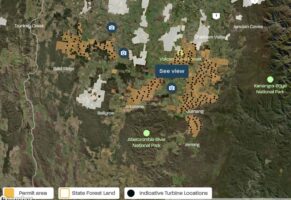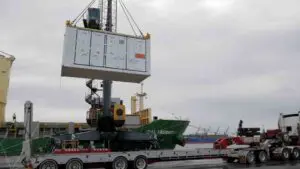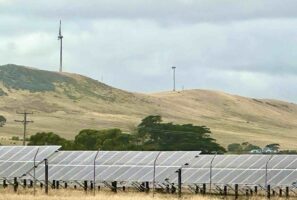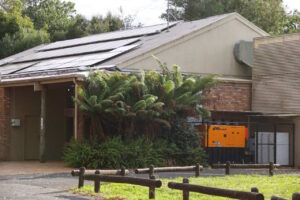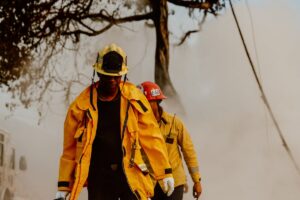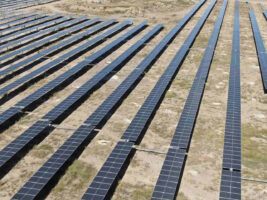Just 8 per cent of Australians know how much solar and wind energy is already built into the national electricity grid, a new poll has revealed, in the latest sign that the shift to renewables is poorly understood.
An Essential Research poll of 1132 people has found 56 per cent underestimating how far the energy transition has come and 20 per cent saying they don’t know. Some 16 per cent were optimists who overshot.
The average share of renewables accounted for about 40 per cent of Australia’s electricity supply last year. While the average Australian would not be expected to be able to reel off this number, Re-Alliance national director Andrew Bray says the survey reveals a worrying knowledge gap.

He says support for clean energy in regional communities is fragile and waning, because of the piecemeal way information is filtering through.
“There’s a real gap in people’s understanding of what the shift to clean energy entails,” Bray told Renew Economy on Wednesday.
“Consultation processes around a multitude of individual projects are leaving regional communities wondering if all of the trouble is worth it.
“People don’t see the bigger picture and why these projects are taking place in the places where they live.”
Bray points to the wall of money governments are spending to incentivise new generation and transmission, and compares that to the pocket change being put into explaining these ventures to the public.
“There is a huge resourcing gap when it comes to almost the most important part of the transition, explaining it to the regions where the infrastructure is being built,” he says.
Where Australia is at
Australia’s goal is to have 82 per cent of its total electricity supply to be renewable energy by 2030.
This week, the National Electricity Market cracked a new record as mainly wind and solar supplied 73 per cent of the east coast’s electricity needs.
The new record was made at 11:50am on Monday, according to data monitored by Geoff Eldridge at GPE NEMLog.
Although the market has a way to go in the next six years to reach that federal stretch goal, lifting total renewable share from 40 per cent 82 per cent, some states are almost there already.
South Australia is already at 75 per cent net renewable penetration, leaning entirely on wind, solar and batteries. It plans to reach 100 per cent around 2027.
In Western Australia, the world’s largest isolated grid, rooftop solar is grabbing up to 76 per cent of total generation and was behind a record of 84 per cent instantaneous renewables in December 2022.
And yet, neither of these overarching energy transition stories are widely known in Australia.
What needs to be done
The latest Essential data point is not the first to point out the knowledge gap in Australia about renewable energy or climate initiatives.
Last month a Zen Energy report found Australians want to work for companies with good climate credentials, but don’t know what their current employer is actually doing on that front.
In July, another poll found a significant proportion of Australians now blame renewables, as opposed to the coal price spikes of 2022, for high power prices.
And last year a Griffith University survey underscored just how little Australians are listening to warnings about climate change.
A solution, Bray believes, lies in funding Re-Alliance’s Local Energy Hubs idea, where locally-tailored information can be delivered to regional communities that ties together the bigger story of energy transition with the projects happening on the ground.
“It’s not enough for government ministers to explain the energy transition narrative in their speeches. With the greatest of respect to any politician, the majority of people are not really listening to them,” Bray said with a laugh.
“In communicating with the regions you need to be providing information that’s locally based, that’s easy for people to access, and expressed in ways that makes sense to them in the place they live.”
The electricity industry itself has a role to play as well, with Aquila Clean Energy APAC’s local managing director Dennis Freedman calling for an industry-led educational campaign in February, and Renew Economy editor Giles Parkinson calling out electricity retailers for making energy unfairly complicated for the average bill payer.
More often than not, Australians are expected to do the legwork themselves — although the tiny Victoria town of Newstead shows what can be done with a lot of determination.
Ultimately, the data shows Australians are not being brought along on the journey towards a clean energy future. Changing that will require cash and governments, industry and community groups to provide a bigger story than the project-level community engagement happening today.


